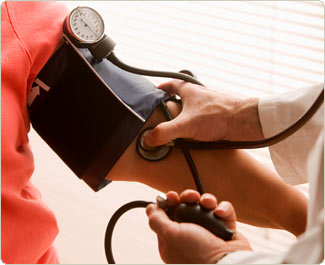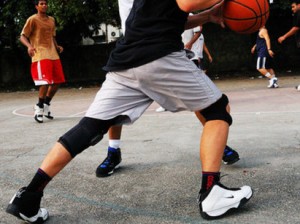In our constant quest to live better and longer, we seek out and devour every morsel of “how-to-health” news we find; so take Victoria health services health quiz & myths and see how you score!
The challenge lies in finding the truth that is obscured by all the hype. Health myths are as stubborn as ink stains.Passed down from generation to generation or created anew, they refuse to fade away. We have heard them so often we just assume they are true; “An apple a day keeps the doctor away”, “The sun causes skin cancer”, “Milk does a body good”, “Fish is good for you.”

Photo credit: students.ubc.ca
Test your myth knowledge and take our quiz. Then read on to find out about some of the biggest myths in health news today. (True or False)
- Sea salt healthier than ordinary salt.
- Bananas are more fattening than other fruit.
- Butter has more calories than margarine.
- Brown bread has more fiber than white bread.
Answers to this quiz:
- False, but sea salt contains more iodine.
- False, the amount of fat in bananas is the same as other fruits, but they do contain high levels of carbohydrates, so watch the size.
- False, butter has the same caloric value.
- It depends on whether it is “brown” dyed flour or wholemeal. Only whole meal has more fiber.
MYTH: Sun Causes Skin Cancer
Experts and the media bombard us about the “dangers” of the sun. This is one of the most inaccurate myths that persist among most Canadians. Unfortunately, this myth has contributed to massive amounts of disease and illness in our society because we all need sunshine to stay healthy.
Can sun exposure cause skin cancer? Absolutely. An appropriate amount of sunlight exposure actually prevents cancer. Exposure to the sun provides many benefits such as promoting the formation of vitamin D. There is also strong evidence that sunlight is protective against MS, colon, ovarian and breast cancers.
This does not mean that we should all go out and get as much sun as we want. You must exercise caution. At the beginning of the season, go out gradually and limit your exposure to as little as 10 minutes a day. Progressively increase your time in the sun so that in a few weeks, you will be able to have normal sun exposure with little risk of skin cancer.
REMEMBER TO NEVER BURN, THAT IS THE KEY.
Using sunscreen is not a good way to limit your sun exposure, in fact, sunscreen is the LAST thing you want to put on your body, and sunscreen does not stop skin cancer. Sunscreen is a toxic chemical that can cause problems in your system and increase your risk of disease. A far more logical solution is to consume large quantities of whole vegetables will increase antioxidant levels in the body and will provide protection against any sun-induced radiation damage.
MYTH: Whole Grains are good for you
Whole grains are better for you than refined grains, but whole grains are still not something that most people should be eating. Well over 50% of Canadians could benefit from severely limiting or eliminating all grains – refined, whole, sprouted or otherwise—from their diets. This is because nearly everyone with high insulin levels benefit from avoiding grains. People in this group would be anyone who has or is overweight, high blood pressure, high cholesterol and diabetes.
The majority of Canadians fall into one or more of these categories. If you are purchasing whole grain, organic sprouted bread, more than likely, it will not move your body toward health, and you are better off avoiding it. The higher your insulin levels and the more prominent your signs of insulin overload are, the more ambitious your grain elimination should be.
Grains to eliminate include: Wheat, Rice, Spelt, Rye, Barley, Oats, Corn, Potatoes (they digest more like a grain)
Highly processed grain products are not recommended, and these would include: Breads, Chips, Pasta, Pretzels, Cereal, Waffles, Bagels, Pancakes, French Fries, Baked goods
The next time you have a health question, you can re-take Victoria health services health quiz & myths, or you can ask the practitioners at DHC, for a trusted source for health information that you can rely on.








